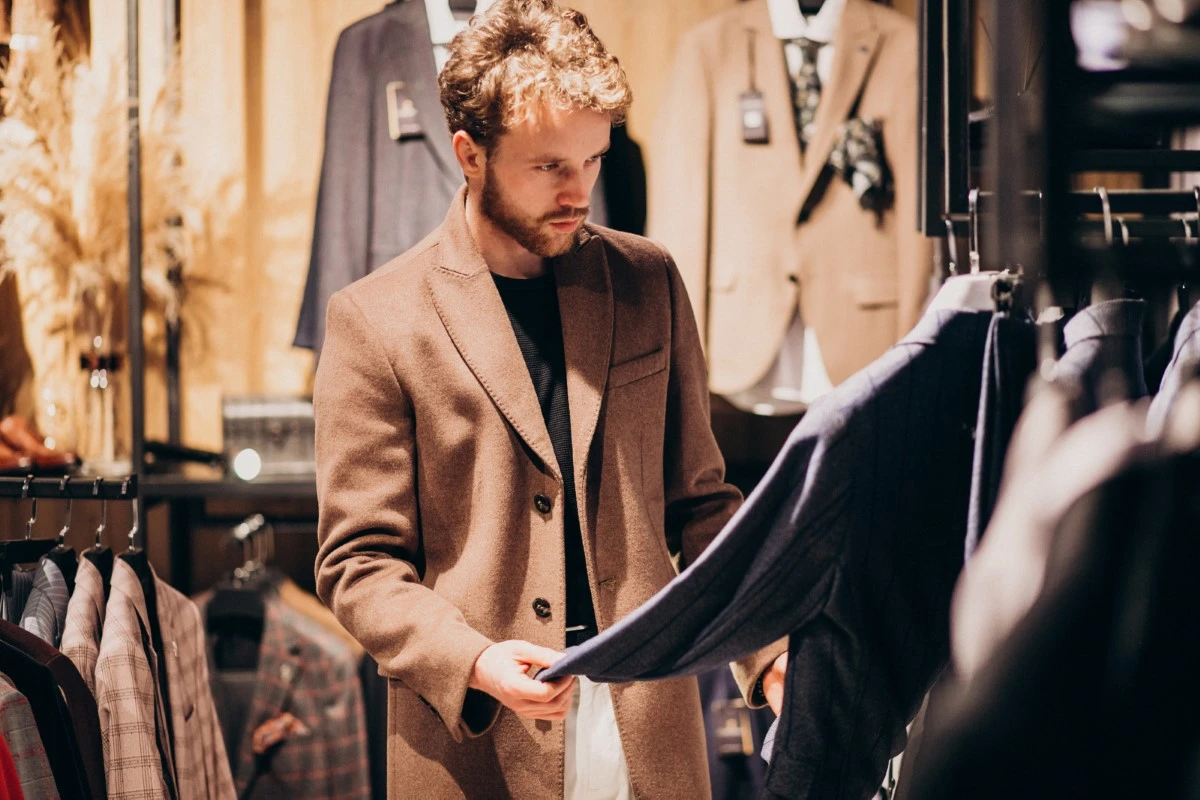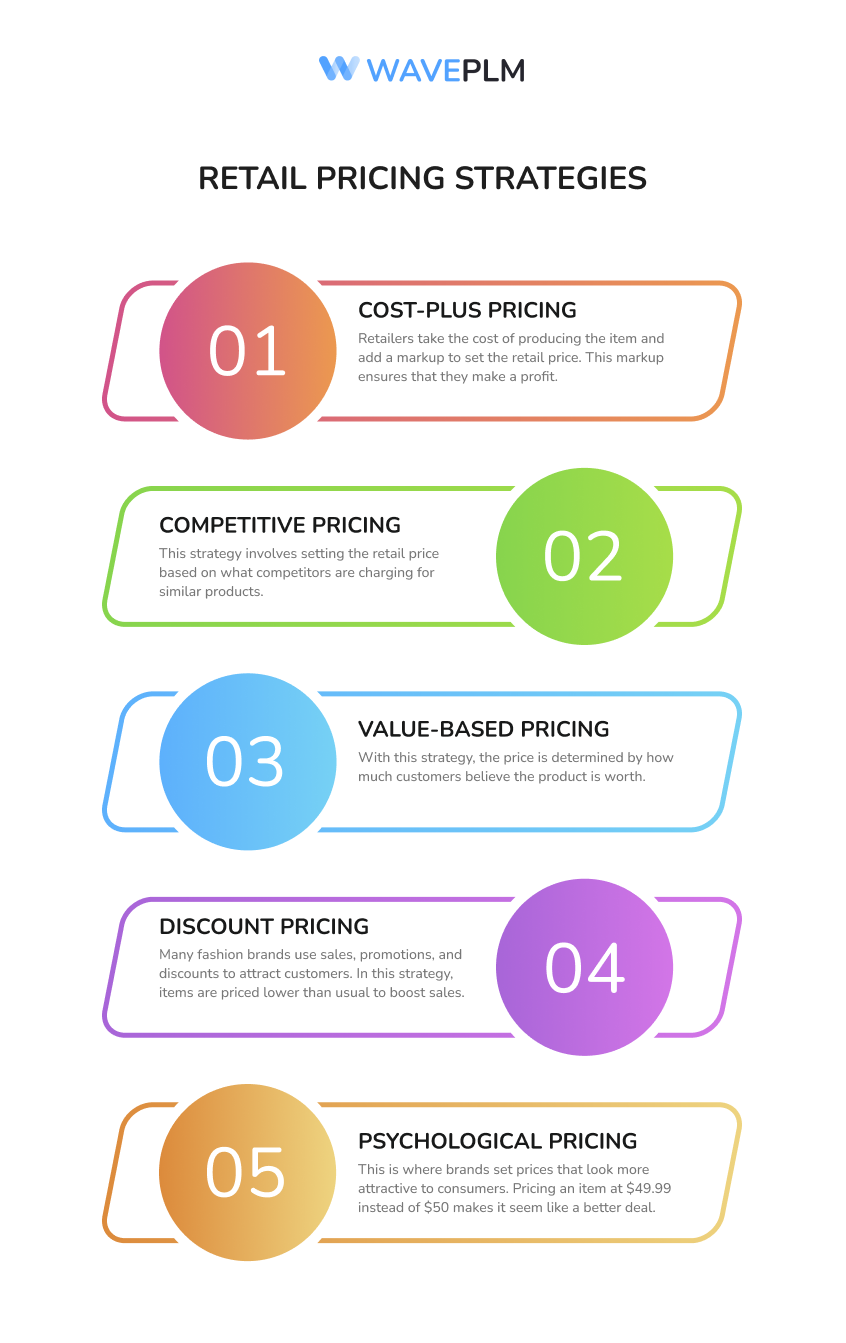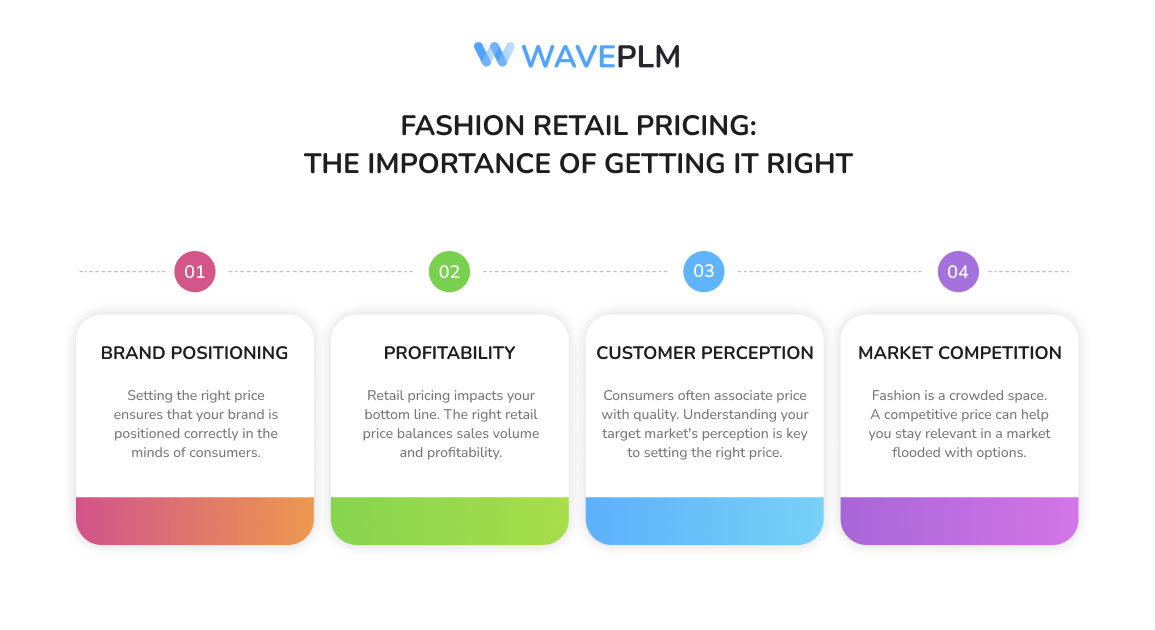
What is Retail Price
Retail price is the price at which a product is sold to consumers, and determining this price involves various strategies and considerations. It’s a key factor in any business, but especially in fashion. Brands rely on the right pricing strategy to ensure profitability and customer satisfaction. Understanding the retail price is crucial for anyone in fashion, whether you’re a new designer or an established brand.
Introduction to Retail Pricing
Retail pricing is a cornerstone of the retail industry, directly impacting a business’s profitability and how customers perceive its products. The retail price is the final cost that a customer pays for a product, and it is shaped by a multitude of factors, including production costs, market conditions, and competition. Understanding retail pricing is essential for any retailer aiming to thrive in a competitive market.
In the retail industry, the price at which a product is sold can make or break a business. Retailers must carefully consider their production costs, which include everything from raw materials to labor. Market conditions, such as supply and demand, also play a crucial role. For instance, high demand for a trendy fashion item can justify a higher retail price. Additionally, competition influences pricing decisions; retailers often adjust their prices to stay competitive.
Ultimately, the retail price is the amount that customers pay at the checkout. It’s a reflection of the retailer’s strategy to cover costs, achieve a profit, and offer value to customers. By mastering retail pricing, businesses can enhance their market position and ensure long-term success.
Retail Price Definition
The retail price is the final price that a customer pays to purchase a product from a retailer. While the retail price is what the customer pays at the store, the actual price may be higher due to additional costs such as manufacturing and shipping. It’s often marked up from the wholesale price, which is the cost the retailer pays to the manufacturer or supplier. The difference between these two prices is where retailers earn their profit. The markup also covers operational costs like rent, utilities, and employee wages.
In simpler terms, the retail price is what the end customer sees on the price tag. It’s what they pay when they buy an item from a store or online. For fashion brands, this price directly influences sales, brand positioning, and customer perception.
What Does Retail Price Mean for Fashion Brands?
For fashion brands, the retail price is more than just a number. It affects the overall brand image. A high retail price can position a brand as a luxury option. On the other hand, a low price may attract budget-conscious shoppers but could harm the perceived quality.
Fashion brands must carefully decide at what price to sell their products to balance profitability and customer appeal.
Setting the right retail price is about finding balance. If the price is too high, you might scare off potential buyers. If it’s too low, you risk undercutting your profit margins. For fashion, which is highly competitive, pricing is a major factor in success.
Understanding Manufacturer’s Suggested Retail Price (MSRP)
The Manufacturer’s Suggested Retail Price (MSRP) is a recommended price set by the manufacturer, indicating the price at which the product should ideally be sold to customers. Also known as the suggested retail price or sticker price, the MSRP serves as a guideline for retailers. It is typically higher than the cost of the product to the retailer, allowing for a profit margin.
The MSRP is crucial in the pricing strategy as it provides a benchmark for setting the final price that customers pay. For example, in the automobile industry, the MSRP is often displayed on the window sticker of new vehicles, as mandated by the Automobile Information Disclosure Act. This transparency helps consumers make informed decisions.
Retailers use the MSRP to determine their selling price, ensuring it covers their costs and provides a reasonable profit. While the MSRP offers a starting point, retailers may adjust the price based on market conditions, competition, and customer demand. Understanding the MSRP helps retailers set competitive and profitable prices.
Calculating Retail Prices
Calculating retail prices involves a careful analysis of various factors, including the cost of goods, overhead costs, and desired profit margins. Retailers employ different pricing strategies to determine the optimal price for their products.
One common method is cost-based pricing, where the retailer adds a markup to the cost of the product. This markup covers the retailer’s expenses, such as rent, utilities, and employee wages, and ensures a profit. For instance, if a dress costs $50 to produce and the retailer applies a 100% markup, the retail price would be $100.
Competitive pricing is another strategy, where retailers set prices based on what competitors are charging for similar products. This approach helps retailers stay competitive in the market. Value-based pricing, on the other hand, focuses on the perceived value of the product to the customer. A high-quality, exclusive item might command a higher price because customers are willing to pay more for it.
By considering these factors and strategies, retailers can calculate retail prices that cover their costs, provide a profit, and appeal to their target market.
Factors Influencing Selling Price
Several factors influence the selling price of a product, making it a complex decision for retailers. Production costs are a primary factor; the cost of raw materials, labor, and manufacturing directly impacts the final price. Market conditions, such as supply and demand, also play a significant role. For example, a limited-edition fashion item in high demand can be sold at a higher price.
Competition is another critical factor. Retailers must be aware of what their competitors are charging for similar products. Setting a competitive price can help attract customers and drive sales. Customer demand and preferences also influence pricing decisions. Understanding what customers are willing to pay for a product can help retailers set a price that maximizes sales and profitability.
The Manufacturer’s Suggested Retail Price (MSRP) provides a benchmark for setting the selling price. Retailers often use the MSRP as a starting point and adjust it based on the aforementioned factors. By considering production costs, market conditions, competition, and customer demand, retailers can set a selling price that is competitive and profitable.
Retail Pricing Strategies
There’s no one-size-fits-all approach to setting retail prices. Brands have several strategies they can use, depending on their goals, target audience, and product offerings. Below are some common retail pricing strategies in the fashion industry:
- Cost-Plus Pricing
This is one of the simplest methods. Retailers take the cost of producing the item and add a markup percentage to set the retail price. This markup ensures that they make a profit. For example, if a T-shirt costs $10 to make and the markup is 100%, the retail price would be $20.
- Competitive Pricing
This strategy involves setting the retail price based on what competitors are charging for similar products. Brands look at the market and adjust their prices to either match or slightly undercut their competition. Competitive pricing is common in fast fashion, where brands often price products aggressively to attract shoppers.
- Value-Based Pricing
With this strategy, the price is determined by how much customers believe the product is worth. For instance, a designer dress might have a retail price of $500 because customers perceive it as high-quality and exclusive. The key here is to understand what your target audience values and is willing to pay for.
- Discount Pricing
Many fashion brands use sales, promotions, and discounts to attract customers. In this strategy, items are priced lower than usual to boost sales. While this can be effective in the short term, relying too much on discounts can devalue the brand in the long run.
- Psychological Pricing
This is where brands set prices that look more attractive to consumers. For example, pricing an item at $49.99 instead of $50 makes it seem like a better deal. Even though the difference is minimal, this tactic can influence buyer behavior.

Retail Pricing Strategies
Fashion Retail Pricing: The Importance of Getting It Right
Getting the retail price right is crucial for fashion brands. A well-calculated price can make or break a brand’s success. Here’s why:
Setting the right retail price can also provide a competitive advantage, helping brands stand out in a crowded market.
Your retail price sends a message about your brand. High-end fashion brands like Gucci or Chanel set their prices high to maintain their luxury status. Fast-fashion brands like Zara or H&M offer lower prices to appeal to the mass market. Setting the right price ensures that your brand is positioned correctly in the minds of consumers.
- Profitability
At the end of the day, retail pricing impacts your bottom line. If your price is too low, your profit margins shrink, and it becomes harder to cover your costs. If it’s too high, customers may look elsewhere. The right retail price balances sales volume and profitability.
- Customer Perception
Consumers often associate price with quality. In fashion, this is especially true. If something is priced too low, shoppers might assume the quality is poor.
On the flip side, a higher price tag suggests exclusivity and craftsmanship. Understanding your target market’s perception is key to setting the right price.
- Market Competition
Fashion is a crowded space. Brands need to keep an eye on what their competitors are doing. A competitive price can help you stay relevant in a market flooded with options.

Fashion Retail Pricing
Retail Price Management
Retail price management refers to the process of controlling and adjusting prices to meet market conditions, consumer demand, and inventory levels. Effective price management ensures that the retail store remains competitive and profitable. Effective price management involves monitoring trends, analyzing consumer behavior, and making data-driven decisions to optimize prices.
For example, during peak shopping seasons like Black Friday, many brands lower their retail prices to boost sales. Similarly, fashion brands might raise prices when introducing new collections to capitalize on demand.
Retail Price Monitoring
Retail price monitoring is the practice of keeping track of prices across different channels, including physical stores and e-commerce platforms. This helps fashion brands stay competitive and ensure that their pricing aligns with market trends.
Monitoring prices also helps brands understand consumer purchasing power and adjust their strategies accordingly.
Monitoring prices can also help brands spot opportunities. For instance, if a competitor raises prices on a similar item, you could lower yours slightly to attract more customers. Price monitoring software can automate this process, making it easier for brands to adjust prices in real-time.
Market Trends and Retail Prices
Market trends significantly impact retail prices, reflecting changes in customer demand, competition, and overall market conditions. Staying informed about these trends is crucial for retailers to adjust their pricing strategies and remain competitive.
Retail prices are influenced by various factors, including the Manufacturer’s Suggested Retail Price (MSRP), production costs, and market conditions. Retailers use different pricing strategies to determine the optimal price for their products, considering competition, customer demand, and profit margins. By understanding these factors, retailers can make informed pricing decisions that drive sales and profitability.
In the retail industry, balancing pricing strategies with the need to provide value to customers and maintain profitability is essential. The MSRP offers a benchmark for pricing, but retailers must also consider production costs, overhead costs, and market conditions. By understanding the retail pricing process and the factors that influence it, retailers can make informed decisions that drive sales and profitability.
The full form of MRP is Maximum Retail Price, which is the maximum price that can be charged for a product, including all taxes and fees. The MRP is set by the manufacturer and provides a benchmark for pricing. Retailers must consider the MRP when setting prices to ensure they are competitive and profitable.
In conclusion, retail pricing is a complex process influenced by various factors, including production costs, market conditions, competition, and customer demand. Retailers must stay informed about market trends and adjust their pricing strategies accordingly to remain competitive and profitable. By understanding the factors that influence retail prices, retailers can make informed pricing decisions that drive sales and profitability. The Manufacturer’s Suggested Retail Price (MSRP) provides a benchmark for pricing, but retailers must also consider other factors to determine the optimal price for their products.
Role of Fashion PLM
Product Lifecycle Management (PLM) software plays a crucial role in retail price management for fashion brands. It helps streamline product development, ensuring that design, production, and pricing strategies align effectively.
By using fashion PLM, brands can track costs at every stage, making it easier to set accurate retail prices that maximize profitability while staying competitive in the market. PLM tools integrate pricing data with the manufacturing and sales process, allowing for real-time adjustments based on market trends and consumer demand. Additionally, PLM tools integrate pricing data with other business functions, allowing for real-time adjustments based on market trends and consumer demand.
Conclusion
Retail price is a critical aspect of any fashion brand’s strategy. It defines how consumers perceive your products, influences profitability, and positions your brand in a crowded market. By understanding retail prices and employing the right pricing strategies, fashion brands can maximize their profits and achieve long-term growth.




